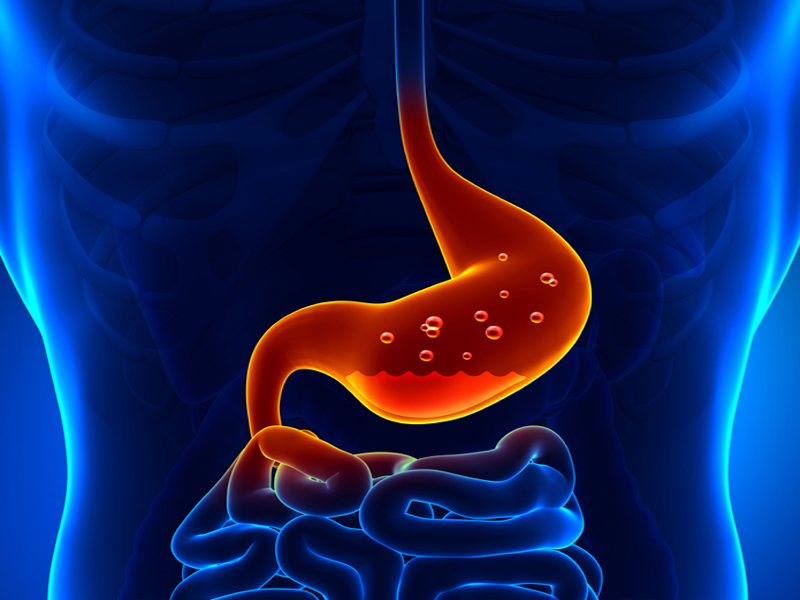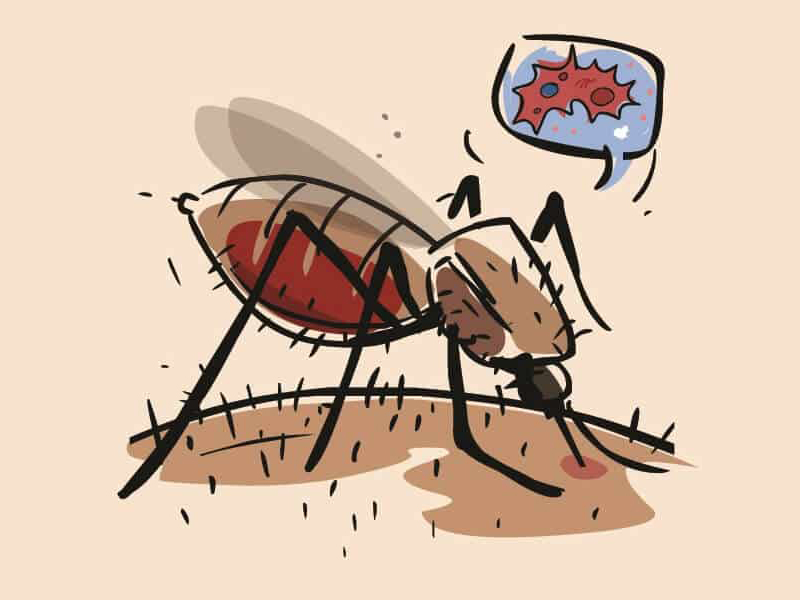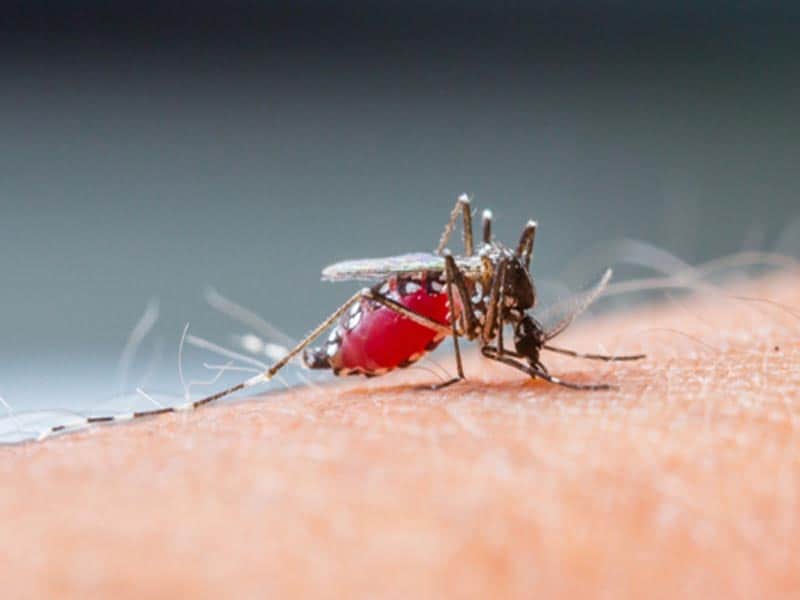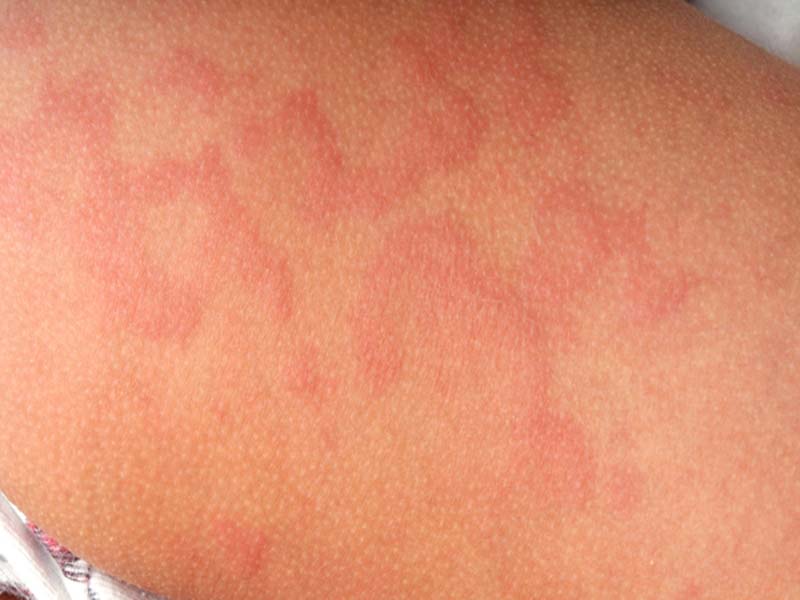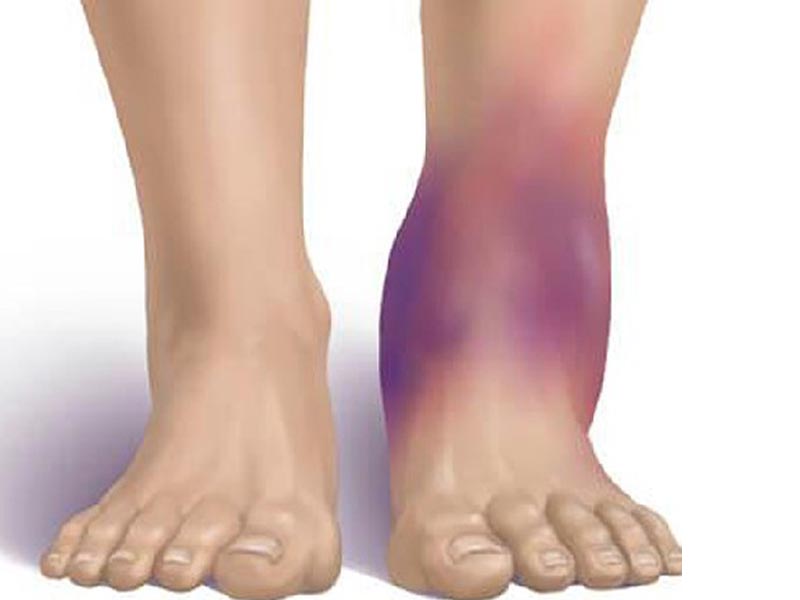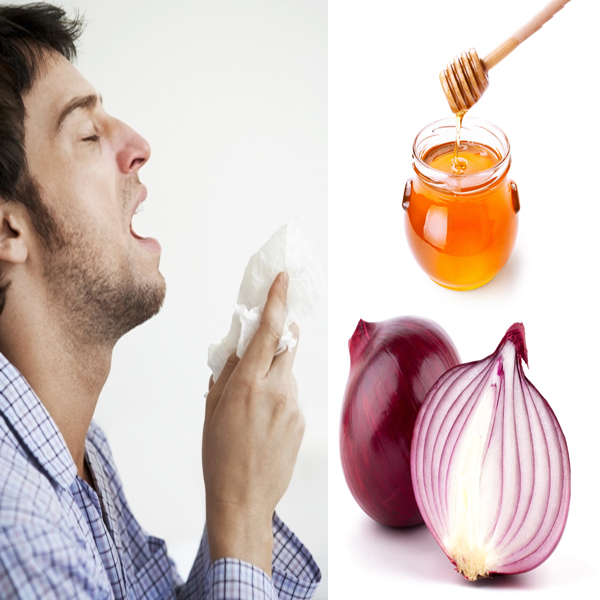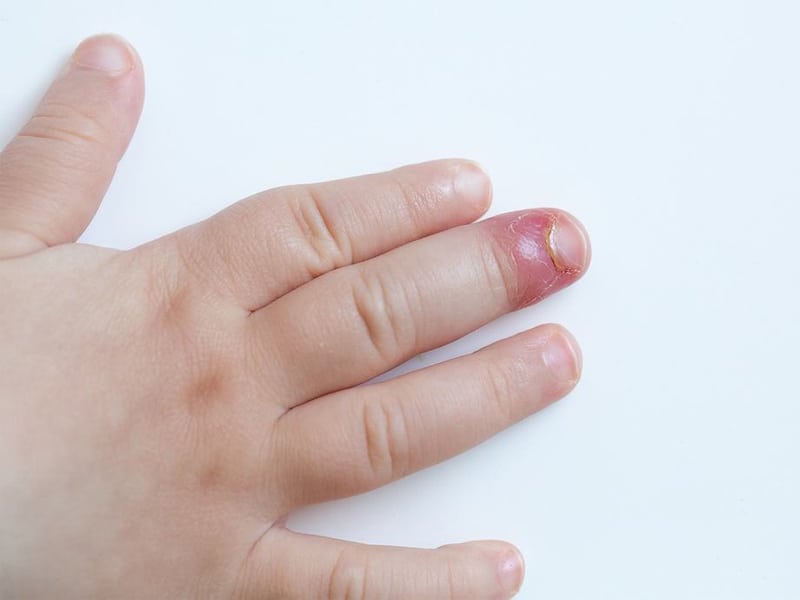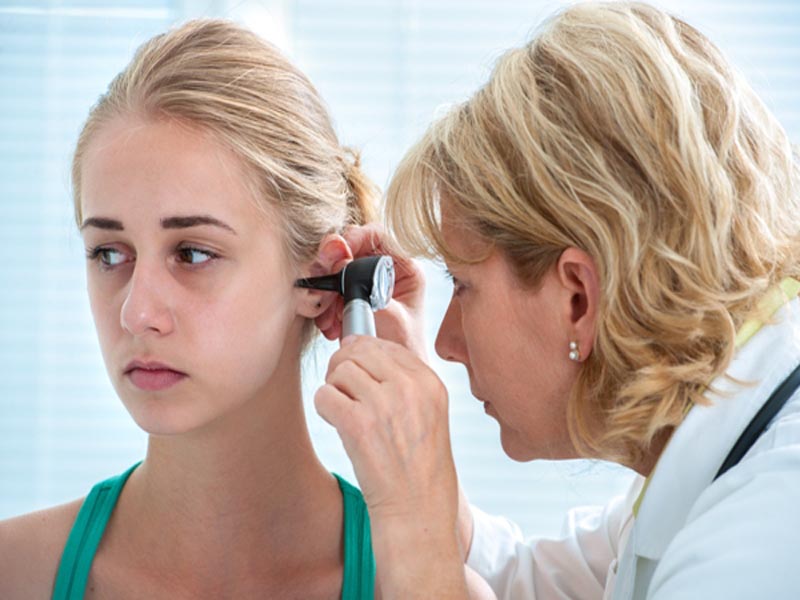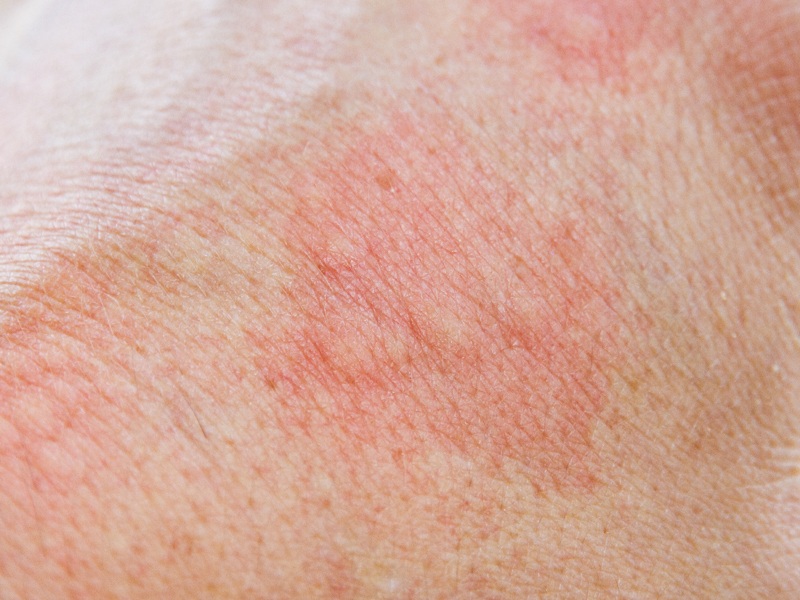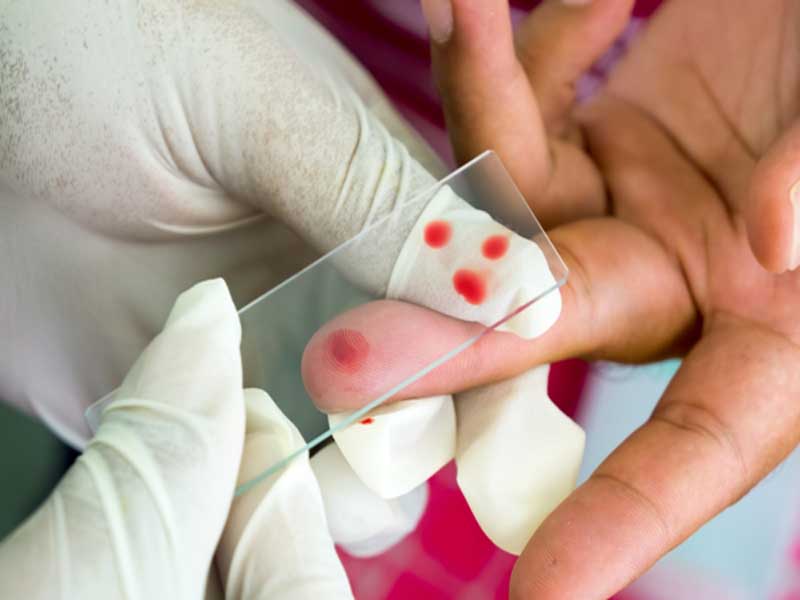Blood circulation is vital for the efficient functioning of the human body. The red blood cells supply energy to various organs in the human body as they are circulated around. This energy is essential to each cell in the body to grow and carry out its functions. Poor blood flow in the body affects our daily activities and may also lead to some serious health conditions. So, what is blood circulation and how to improve blood circulation in the human body? Let us look at the various aspects of the circulatory system and the best ways to increase blood flow to various organs in our body.
What Is Blood Circulation System In Human Body?
The blood circulatory system consists of the heart, arteries, veins and blood. Blood acts as the supplier of nutrients and oxygen to various cells in the human body. Cells produce waste matter as they function, which needs to be eliminated. Blood also acts as a remover of this waste from the cells. Thus, good blood circulation in the human body is essential for good health. (1)
What Is Poor Circulation?
Every cell needs adequate nutrients and oxygen supply to function efficiently. When one or more parts in the body receive insufficient blood flow, we call it poor circulation. Various causes lead to problems in blood circulation in the body. Poor blood circulation causes many diseases, so it is very important that we care for better blood circulation.
What Causes Poor Circulation?
Here are a few of the main factors that can affect the blood flow in the body:
1. Atherosclerosis:
Atherosclerosis is a health condition where plaque builds up in arteries and blood vessels, eventually hardening and narrowing them and restricting blood flow.
2. Diabetes Mellitus:
Diabetes can result in circulation issues. High levels of blood glucose lead to blood vessel damage and also cause plaque to build-up in blood vessels.
3. Blood Clots:
Blood clots are clots in the blood vessels that restrict blood flow; sometimes, they can completely block the circulation of blood.
4. Tobacco:
Smoking tobacco damages the walls of the blood vessels and causes the build-up of plaque in the veins.
5. Raynauds Disease:
Raynaud’s disease is a condition where the blood vessels become narrow, restricting the blood flow. It causes numbness and cold feeling in the extremities.
6. Obesity:
Being overweight causes many conditions that result in poor blood flow. The extra weight of the body burdens the blood vessels and veins.
See Also: Causes Of Blood Clots During Pregnancy
Symptoms of Poor Blood Circulation:
Poor circulation can be dangerous, and the body throws various signs of poor circulation. Some of them are discussed below:
1. Tingling and numbness in the extremities:
When blood does not flow to the extremities sufficiently, it causes a tingling sensation.
2. Cold Extremities:
Insufficient blood flow fluctuates the body temperature making the extremities colder.
3. Edema:
Poor blood flow leads to fluid accumulation in the lower extremities of the body. Inadequate supply of the blood, due to poor pumping by the heart, is one of the causes of edema.
4. Changes in the Skin Colour:
Insufficient blood flow leads to discoloration of nose, lips, hands, feet, nipples and ears.
5. Fatigue:
Poor blood flow causes severe fatigue as it affects energy levels.
6. Cognitive Issues:
Poor blood circulation affects the functioning of the brain resulting in memory loss, concentration difficulties etc.
Foods That Improve Poor Blood Circulation:
Diet plays a very significant role in improving blood circulation in the body. Let us look at some of the super foods that are good for blood circulation:
1. Cayenne Pepper:
Cayenne pepper is available as a dried spice or fresh pepper. It contains capsaicin which is known to stimulate the blood circulation. Cayenne pepper has lots of health benefits includes improving blood circulation.Cayenne also strengthens the arteries and capillaries and stimulates the heart. Fresh cayenne juice can be used as a dressing in salads, added to sauces. The powdered dried spice used in curries, stews, meat dishes. In case you are using blood-thinning medications, be mindful in consuming cayenne as capsaicin is found to be a mild blood thinner.
- Quantity: 1 teaspoon for cup of water
- Vitamins: Vitamin C, Vitamin B6, Vitamin E, Potassium, Manganese
2. Citrus Fruits and Berries:
Best fruits for improving blood circulation are citrus and berries. Citrus fruits such as oranges are high in vitamin C, which is very good for strengthening the capillary walls. Vitamin C also acts as a natural blood thinner which helps in preventing the build-up of plaque in the capillaries that result in poor blood circulation. Berries are anti-inflammatory and antioxidant, which is very helpful for healthy blood flow. Acai Berries are rich in vitamin A, potassium and filled with powerful plant sterols which help in relaxing the blood vessels and also improving the circulation.
- Quantity: Five servings per day
- Vitamins: Vitamin C, Vitamin A, Potassium, Vitamin B6
See Also: Foods To Increase Blood Platelets Count
3. Pomegranate:
Pomegranates have high amounts of polyphenol antioxidants and nitrates, which are powerful vasodilators. Pomegranates juice is one of the drinks that increase blood flow greatly. It also aids in oxygenation of muscle tissues. Consuming 500ml of Pomegranate juice a day has been known to increase blood vessel diameter and improves blood circulation of people who work out. It has also been found to reduce muscle damage, soreness and inflammation in weight trainers.
- Quantity: 500 ml per day
- Vitamins: Vitamin C, Vitamin K and Potassium
4. Onion:
Onions are known to be natural blood thinners. They reduce inflammation and relax the arteries, thereby improving the blood circulation. Onions are also considered one of the best foods for improving heart health. They are a great source of flavonoids, powerful antioxidants that are known to strengthen the immune system and prevent cardiovascular diseases. A study found that consuming 4.3 gm of onion extract per day improved the dilation of the arteries and blood flow significantly.
- Quantity: 4.3 gm of onion extract per day
- Vitamins: Vitamin C, Folic acid, protein, iron and calcium
5. Garlic:
Garlic is known to benefit heart and circulation. It has a sulfur compound called allicin which relaxes blood vessels and lowers blood pressure. Allicin is also very effective in increasing blood flow in the tissues. Garlic also improves flow-mediated vasodilation (FMD), which is an indicator of efficient blood flow. Garlic is also very effective in preventing the build-up of plaque and cleaning the blood. Consuming garlic supplements containing 2400 mg of allicin per day is found to improve blood circulation significantly through the artery of the upper arm.
- Quantity: 4 gm garlic per day
- Vitamins: Vitamin B6, Vitamin C, Manganese
6. Fatty Fish:
Fatty fish such as mackerel and salmon are very good sources of omega-3 fatty acids. These fats help in releasing nitric acid, which is very beneficial to improve blood circulation. It dilates the blood vessels and further increases the blood flow. Omega-3 fatty acids supplements increase blood flow and also help in preventing blood clots by suppressing clustering of platelets. Consuming as little as 4.2 grams of fish oil a day has been found to improve blood flow to the skeletal muscles and extremities significantly.
- Quantity: 2 servings a day
- Vitamins: Vitamin C, Omega 3 fatty acids
7. Turmeric:
Turmeric is seen to be one of the best anti-inflammatory remedies, according to Ayurvedic and traditional Chinese medicine. It is also called as the Golden Spice of India due to its rich yellow colour. A compound called curcumin found only in turmeric is found to reduce oxidative stress and inflammation. It also helps in increasing nitric acid production. These qualities have made turmeric an excellent remedy for opening blood vessels and improving blood flow.
- Quantity: Consuming as little as 2000mg of turmeric a day has found to improve the blood circulation greatly.
- Vitamins: Vitamin C, Iron, Calcium, zinc
8. Ginger:
Ginger is a root ingredient that has been used extensively in traditional Indian and Chinese medicines due to its anti-inflammatory and antioxidant properties. It helps in lowering blood pressure and improving blood flow. Consuming as much as 2-4 grams of ginger per day can significantly reduce the risk of developing high blood pressure. Ginger is consumed by adding raw ginger juice as dressing and as a tea.
- Quantity: 2-4 g of ginger
- Vitamins: Vitamin B6, Magnesium, zinc
9. Walnuts:
Walnuts are rich in Vitamin E, alpha-lipoic acid and I-arginine, these compounds help in the production of nitric oxide. These help in reducing the blood pressure and inflammation and improving the function of blood vessels. A study found that eating as much as 56 gms of walnuts a day improves blood circulation significantly.
- Quantity: 56 gm of walnuts
- Vitamins: Vitamin E, zinc, iron
10. Leafy Greens:
Leafy greens like spinach are rich in nitrates. Nitrates are converted by the body into nitric oxide, which is very effective in dilating the blood vessels and increasing blood flow. Nitrate rich vegetables help in lowering blood pressure and improving heart health. A study found that consuming at least 845 gm of spinach per day significantly improved blood pressure and blood circulation.
- Quantity: 800+ gm of spinach
- Vitamin: Vitamin A, Vitamin C, Vitamin K
How to Improve Blood Circulation with Physical Exercises?
Let us look at some of the yoga poses and exercises to increase blood circulation.
1. Legs Up Pose:
Viparita Karani or Legs up pose is very effective in improving blood circulation. It helps greatly to work wonders on having effective body fitness and flexibility. To get into the pose,
- You have to lie on the ground placing your feet up the wall, with your hips as close to the wall as possible.
- Your body should look like the letter ‘L’.
- This inverted body position allows the gravity effect to pull blood from the legs towards the heart, thereby improving blood circulation. This exercise also increases blood flow to the brain.
2. Brisk Walking:
Walking is the natural activity of the human body. It activates the entire body and helps in increasing blood circulation to every part. Brisk walking is a very good exercise for increasing the blood flow to the hands and legs. It improves blood flow to the heart significantly and optimizes the heart rate. Walking is found to strengthen heart muscles and improve cardiovascular health.
- Walking 20 to 30 mins a day significantly improves overall blood circulation in the body.
- Brisk walking is especially preferred for better circulation.
See Also: Brisk Walking Benefits
3. Deep Breathing Exercises:
Deep diaphragmatic breathing stimulates lymphatic structures which improve the supply of nutrients to the body tissues from the bloodstream. These also help in removing waste matter from the body tissues. With deep breathing in, the chest pressure is minimized and the abdominal pressure is maximized, this helps in compressing abdominal veins and pushing blood towards the heart and lungs. While breathing out, the abdominal pressure is minimized, which drains blood from the legs to the abdomen.
- Sit down on mat or floor as your comfort
- Deep breathe in and out
- Do it for 15-20 minutes every day
4. Kapalabhati Breathing Exercise:
Kapalabhati, also known as Skull Shining Breath, is an ancient Indian breathing exercise. In this exercise, you contract the abdominal muscles and the diaphragm with a jerky exhalation and relax the abdominal muscles and the diaphragm with a quick inhalation. This jerky exhalation pushes blood from the abdomen towards the heart, and during the relaxed inhalation, blood from the legs is drained into the abdomen.
- This exercise is best when done in the seating position with legs crossed. In case you are suffering from high blood pressure, you must consult a doctor before doing this exercise.
- Relax your muscles and do a deep exhalation
- Here, you can notice your abdominal muscles contracting
- Do quick inhalation
- Repeat the procedure
5. Corpse Pose:
Mental stress adversely affects the circulation in the body. It strains all the nerves and the heart, and the blood flow instantly affected. Corpse Pose or Shavasana is an excellent pose for relaxing the body and mind. It calms all the muscles and nerves as it takes you to a deep state of meditative rest. This pose is an excellent pose for improving blood circulation in the body, soothing the heart and lowering the blood pressure and heart rate significantly. Now improve circulation in legs and feet naturally with this pose.
- To get into this pose, you have to lie down on the floor with your hands and legs spread an apart; the body should look like a dead body.
- You can then close your eyes and breathe slowly, consciously relaxing every part of your body.
- Be in this state for at least 5 mins if you are a beginner, and increase the duration as you practice.
6. Forward Fold Pose:
Forward fold pose is the best pose for stretching the entire back part of the body. It stimulates the nervous system, thereby increasing blood circulation significantly. It calms the mind and body and is an excellent pose for cooling the body down. This pose helps in improved blood circulation to the brain and pelvic organs.
- To get into this pose, you should stand on the floor with both feet put firmly on the ground and hands on the hips.
- Take a deep breath and slowly exhale while folding forward from the hip joints.
- Fold forward as much as possible.
- Bend your elbows and hold each of the elbows with the other.
- Stay in this pose for a minute and slowly come back to the standing position.
7. Downward Facing Dog Pose:
Downward facing dog pose is one of the best poses for relaxing the back and improving blood circulation to the upper body. It is a very good pose for increasing blood circulation to the brain. It stretches every muscle in the body and improves circulation. Try out this pose to improve blood circulation in hands. This pose also helps in providing adequate oxygen to the upper body parts.
- To get into this pose, you should stand on the floor placing your feet by hip-width apart, and the hands must be shoulder-width apart.
- Slowly bend forward and place your palms on the floor, your body must look like an inverted letter ‘V’.
- You must make sure that your spine is straight.
- Hold in this pose for at least 10 seconds, if you are a beginner.
8. Uttanapadasana:
Uttanapadasana is a very good pose for stretching thigh muscles. It is one of the best exercises for poor circulation in legs and feet. It also is a good exercise for stomach muscles and improving digestion and elimination. Uttanapadasana increases blood flow to the lymph nodes and joints. It also helps in boosting circulation to the upper body. This pose pulls the blood from the legs to the heart, thereby improving the blood circulation in the heart.
- You can get into this pose by lying down on the back and slowly raising both the legs vertically, without any support.
- This pose stretches the thigh muscles and clears any circulation issues in the legs.
Other Tips to Improve Blood Circulation In The Body:
While eating certain foods and physical exercise helps in improving blood circulation and blood improvement, let us see what other methods are good for poor circulation:
- Massage: Massaging the body with essential oils like sesame, rosemary etc., known to improve blood circulation significantly. The pressure created by massaging stimulates lymph vessels and blood flow.
- Sufficient Hydration: Proper hydration of the body has enormous benefits, including preventing inflammation and waste accumulation in the cells, thereby increasing the blood circulation.
- Physical Activity: Physical activity warms up the body, which aids in vasodilation. It also stimulates blood flow to various organs of the body.
- Quit Tobacco Smoking: Smoking tobacco found to increase blood pressure and affect blood circulation in the body.
- Stress Management: Stress management techniques like yoga and meditation are very effective in relaxing blood vessels and lowering blood pressure, which in turn helps and improves blood circulation.
Thus, proper blood circulation is vital for overall body health. Including certain foods in our diet is one of the best natural ways to improve blood circulation. Simple lifestyle changes help in combating poor circulation issues effectively. It is very important that we not ignore any prolonged signs of poor circulation. Discussing with a doctor always helps in avoiding serious health consequences.
Frequently Asked Questions:
1. What is the Best Vitamin for Blood Circulation?
There are various vitamins to increase blood circulation. Niacin or Vitamin B-3 is very helpful in reducing cholesterol levels and inflammation. It also improves the functioning of blood vessels. Vitamin E helps in dilating blood vessels and improving blood flow. The Vitamin C helps in preventing the build-up of plaque that restricts blood flow. Vitamin B6 helps in fighting free radicals that harden blood vessels and affect blood circulation. B vitamins also help in increasing blood flow.
2. What is a Dangerously Low Oxygen Level?
When the oxygen supply to cells is insufficient, it leads to serious conditions like Hypoxia. Blood oxygen level indicates the amount of oxygen circulated by red blood cells. Normal blood oxygen level falls between 75 and 100 mm Hg, if it goes below 60 mm Hg, (2) it is considered a medical emergency which must be treated with oxygen supplementation. Symptoms of low oxygen level are a headache, shortness of breath, chest pain, rapid heartbeat and confusion.
3. Why is Circulation Necessary?
Blood circulation is one of the most required and significant functions in the body. It helps in the supply of oxygen and nutrients to various organs in the body, including the brain. It also removes metabolic waste that accumulation in the cells. Blood circulation is vital for the health of the body as it helps in maintaining cell level metabolism and PH levels. It also helps in stabilizing the body temperature and protecting the body from various infections
Disclaimer: While poor circulation can be treated with simple practices, it is very important to consult a doctor whenever we experience prolonged symptoms of poor circulation to avoid serious health issues. People who suffer from diabetes and heart disease are advised to undergo annual tests to check circulation, any symptoms of numbness and tingling sensations should not be ignored. Reducing alcohol and caffeine consumption is essential.







































































